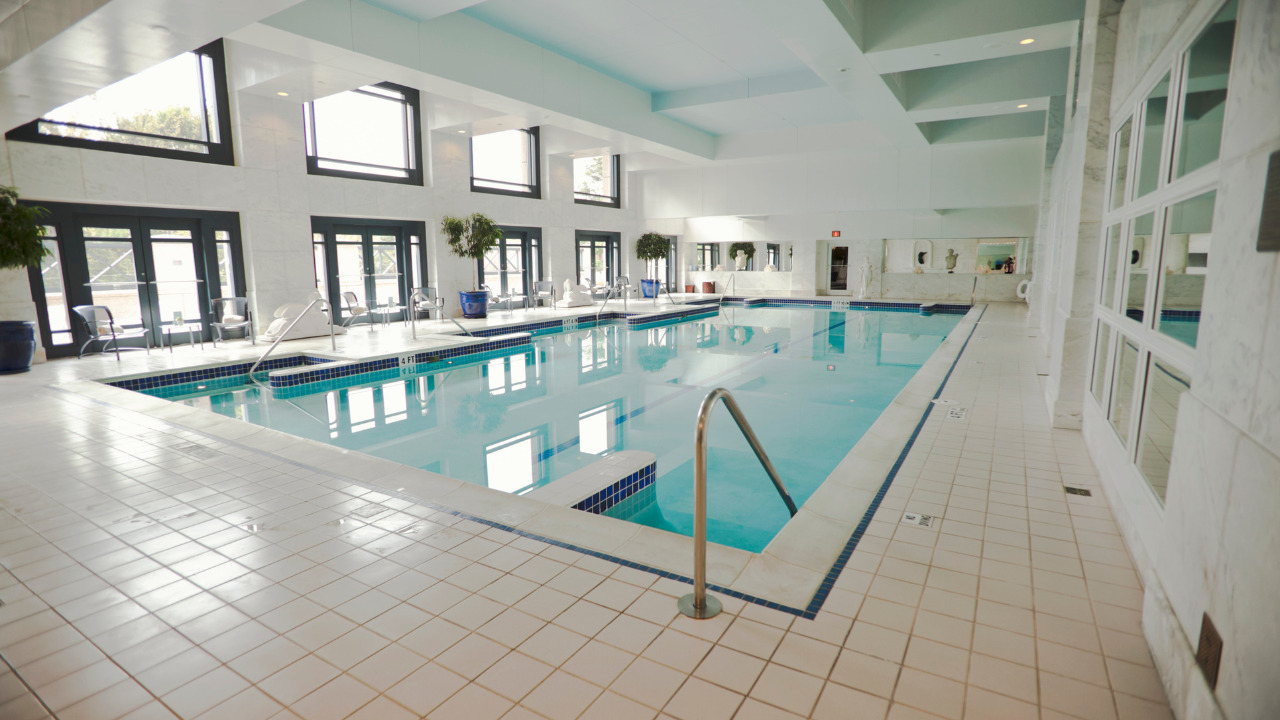You might have heard about pumice stones and how great they are for your pool’s surfaces. Let’s first address the most pressing query on everyone’s minds before getting into the technicalities of using a pumice stone to clean your pool.
Calcium build-up will eventually occur on pool tile no matter how thoroughly you maintain your pool. Several things can speed up the calcium deposition process, as well as others that can slow it down.
Either way, you will eventually need to clean your pool’s tile. You’ll frequently ask whether they can clean it by contacting your preferred pool retailer or pool service. In most cases, they will refuse your request and advise you to handle the task yourself using a variety of solutions.
Table of Contents
How Does Pumice Stone Work?
Volcanic eruptions create pumice stones in nature. High-pressure gas found in magma forms gas bubbles inside the rock and the pores that give the stone its pale color. The gas bubbles in the stone make it slightly abrasive but not enough to scratch pool walls.
When used properly, pumice stones can be used to clean the surfaces of your pool if they are soft enough to remove dead skin. A pool’s chemical balance won’t be impacted by pumice stone because it is chemically neutral.
You needn’t be concerned about the fragments that break off when utilizing the stone because your pool’s sand or cartridge filter will quickly and effectively filter those out. To start, a pumice stone should only be used on pool surfaces made of gunite or tile. For vinyl and fiberglass pools, pumice stones should never be utilized.
Steps To Clean Pool Tiles With Pumice Stone
Tiles become dirty for several reasons. Stains accumulate on the pool surface and are exposed to the waterlines. This is brought on by a chemical imbalance or organic debris like leaves and soil adhering to the pool tile for longer. Calcium compounds adhere to the pool’s walls when the water evaporates.
Remove Organic Build-Up From Tiles
Start by thoroughly cleaning the tiles, getting rid of all the organic matter that is there. Remove calcium carbonate by brushing off leaves, dirt, and other substances with a firm brush. Additionally, use a toothbrush on the outdoor tile to clean smaller areas because it is mild.
Use Mild Cleaners
There might not be much dirt or scale on some tiles. Use a DIY tile cleanser product if such is the situation with your tiles. This comprises the dish soap, water, and baking soda mixture. Start cleaning the tiles with your tile cleaner as soon as you are prepared.
However, because these substances are severe, you must use caution when utilizing them. Start with a small section of your tile to see how it responds to ensure the best results. Once you’ve been successful, you can move on to the rest of the surface.
Don’t forget to put on gloves to protect yourself from the chemicals. Additionally, it would help if you waited a few days before using the pool. Avoid using the compounds frequently since they might harm the tiles over time and also create skin rashes and other body irritations.
Pressure Wash The Tiles
Utilizing a pressure washer to clean the tile is an additional choice. Pressure washers are available for purchase or rental in your neighborhood home improvement stores. Avoid using the pressure washer on loose or damaged tiles, and use it only on the lowest setting.
You won’t need to think about applying a treatment or another cleaning to your tiles before pressure washing them. Just loose debris like dirt and leaves has to be cleaned up. Then pressure removes it.
Clean Tiles With Pumice Stone
When cleaning obstinate calcium silicate, pumice stones are your tiles’ best friend. This component in the pool surface is impervious to all elements. Concrete and some tiles can be safely covered with pumice stones.
On fiberglass or vinyl pools, though, avoid using a pumice stone. Use a nylon bristle brush instead for the best results. Scrub the tiles in a circular motion with a pumice stone until all of the accumulation, mildew, and deposits have been eliminated.
To prevent scratching as you move along, make sure the tile and stone are always damp. If the outcome is uncertain, you might wish to start with a tiny section before moving on to the others. The ease of use, low cost of pumice stones, and their ability to remove difficult stains are other benefits.
What Are The Drawbacks Of Pumice Stone For Pool Tiles?
A typical-sized pool will take you many weekends to clean, and in most cases, you won’t be completely satisfied with the results. Cleaning pool tiles with a pumice stone is highly time-consuming. The second problem is that the stone easily crumbles, so you should be sure to get a lot of it. You will find it quite difficult to clean the tile in the deep end of your pool.
The tiles in the pool are more likely to be scratched when you clean with these stones, which is also extremely significant. Because there is now a rough surface to form on, calcium will develop on scratched tile much more quickly, hastening the calcium’s return.
As the pool tile dries, calcium will also build up in these scratches to the point where it is apparent.
Conclusion
Pumice is commonly utilized to create low-density insulating cinder blocks or lightweight concrete. Please don’t neglect your tiles the rest of the year after they have been cleaned. To prevent a build-up of filth and tenacious stains, clean them at least twice a year.
Additionally, you can be confident that regular upkeep will assist your tiles to avoid damage that would require expensive repairs.





